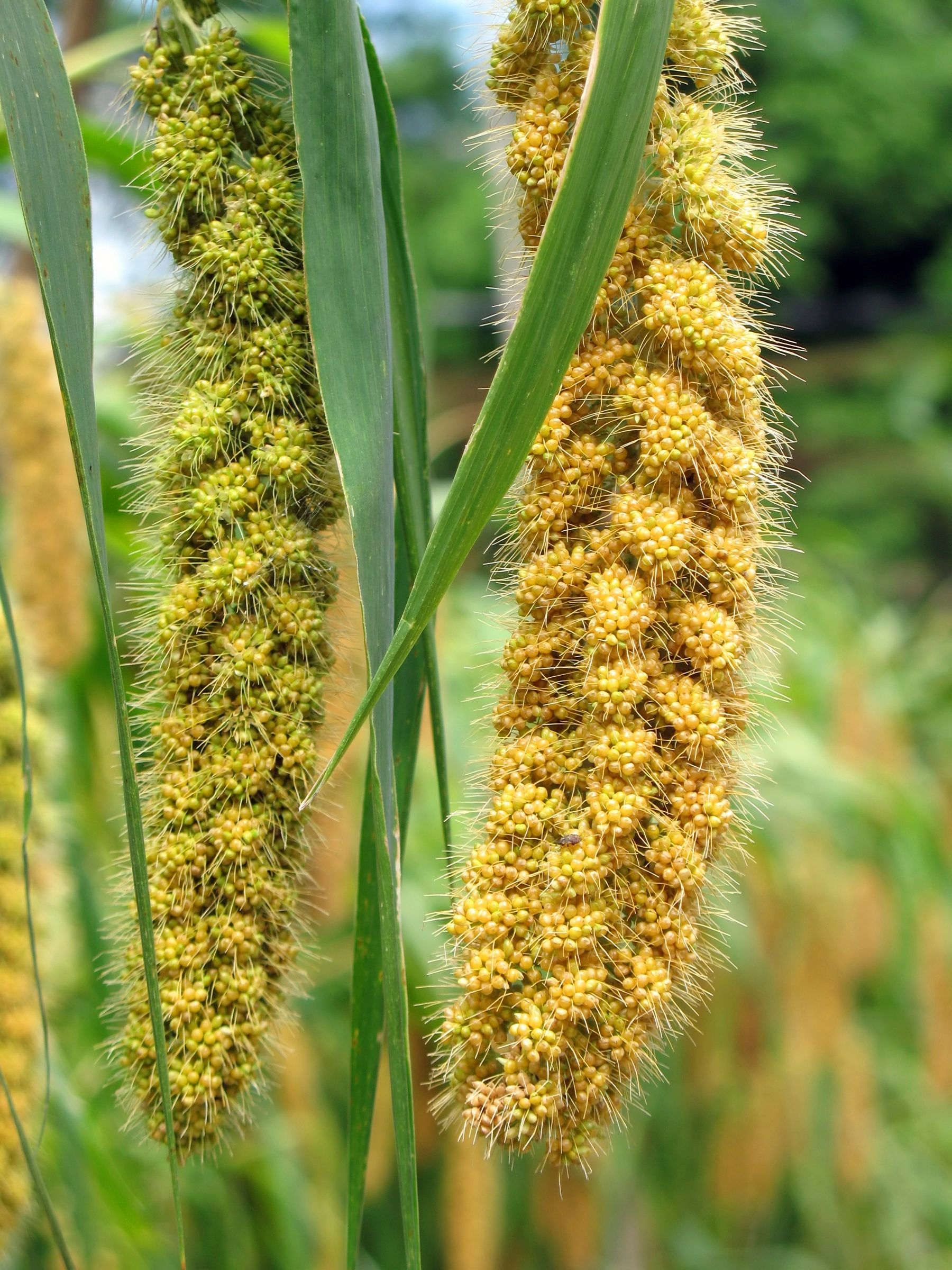Move Over, Gluten-Free. Ancient Grains Are Back!
A primer on ancient grains, courtesy of grain miller Honeyville Inc.

You have heard of old trends, like skinny jeans and the cardigan, making a comeback. The latest trend? The resurrection of grains whose history dates as far back as the time of Noah and the Ark. In 1949, a U.S. man brought a rare form of wheat, called Khorasan wheat, over to the United States from Egypt. Speculation has it that the grain was obtained from an ancient Egyptian tomb. In fact, legend even posits that Noah himself originally carried this ancient wheat on his Ark.
As a grain-milling and co-manufacturing specialist, we get a firsthand view of the changing trends in grains. We can confirm a growing demand for ancient and specialty grains such as Khorasan wheat (today often sold under the trademark Kamut), spelt, and quinoa. “We are seeing a drastic increase in the integration of ancient grains in food products,” explains Tyler Christensen, COO, Honeyville Inc. “More customers want to incorporate these grains in their current mix to enhance the flavor, health, and unique qualities of their food products. From flaked Kamut to quinoa flour, we are providing milled ancient grains to meet the growing demand.”
Due to a growing demand for gluten-free products and the emergence of some bad press on wheat, for a couple of years, basic and staple grains such as wheat, rye, and barley faded from the spotlight. However, as more favorable grain studies and education have emerged, interest in staple grains is growing again-and ancient grains are tagging along for the ride.
More people are moving away from heavily processed foods and are looking for fresh, earthy ingredients. Pinterest and social sharing sites are flooded with homemade recipes encouraging Americans to return to baking and cooking at home with fresh supplies. With this shift in mentality, grains like wheat, Khorasan wheat, and quinoa are reemerging not only in people’s kitchens but in food products on grocery store shelves.
Wondering about ancient and specialty grains? Here’s a rundown on some of the trending grains.
Khorasan wheat (also sold under the brand name Kamut) is a type of wheat and is approximately one-third longer than regular wheat berries. Khorasan wheat is high in protein and is a very hard grain. It can be ground into flour or boiled and used in stews and cereals.
Spelt is a distant cousin to Khorasan wheat and an excellent substitute for wheat. Spelt is rich in proteins, vitamins, and minerals. Its nutty flavor is perfect for breads, cookies, crackers, cereals, muffins, pastries, pasta, and more.
Quinoa is a unique grain with an earthy flavor, making it perfect for soups, salads, and pilafs. Quinoa is one of the most nutritious grains that you can find, and it can be added to almost anything. Not only is it an excellent source of protein; it is also a good source of dietary fiber, calcium, iron, and phosphorous. Quinoa is naturally gluten-free.
Amaranth contains about 30% more protein than common cereals like rice, wheat, oats, and rye. It was one the staples for the Ancient Incas. Amaranth is known as a “super grain,” meaning that it offers all of the amino acids that your body needs. A fun fact about amaranth: if cooked in a skillet, it produces a nutty, popcorn-like flavor.
Teff is the smallest grain and originally comes from Ethiopia. It is often used in African flat breads and porridges. It is an excellent source of protein and fiber. Teff is easily added to baking recipes to boost nutritional value because of its small size.
Millet has a mildly sweet, nut-like flavor and contains loads of beneficial nutrients, including protein, fiber, and B-complex vitamins. It is also particularly high in iron, magnesium, phosphorous, and potassium. Millet is highly nutritious and non-glutinous, and it is not an acid-forming food, so it is soothing and easy to digest. In fact, it is considered one of the least allergenic and most digestible grains available. Millet is a naturally gluten-free grain.
Tim Devey is corporate marketing director for Honeyville Inc. (www.honeyville.com; Brigham City, UT). A leader in food ingredients since 1951, Honeyville specializes in grain manufacturing as well as flour and mix blending, private-label packaging, formulation, TempSure heat-treatment, logistics, and consumer retail products.
Also read these Nutritional Outlook articles on ancient grains.
Minerals in Ancient Grains Are Celiac-Friendly
Quinoa Forms: Powders, Puffs, and More
Photo © iStockphoto.com/shiyali
The Nutritional Outlook Podcast Episode 36: Best of the Industry Service Provider, Radicle Science
December 26th 2024Nutritional Outlook's managing editor, Sebastian Krawiec, interviews Radicle Science co-founders, Pelin Thorogood and Jeff Chen, MD. Radicle Science has been selected as this year's Best of the Industry, Service Provider.